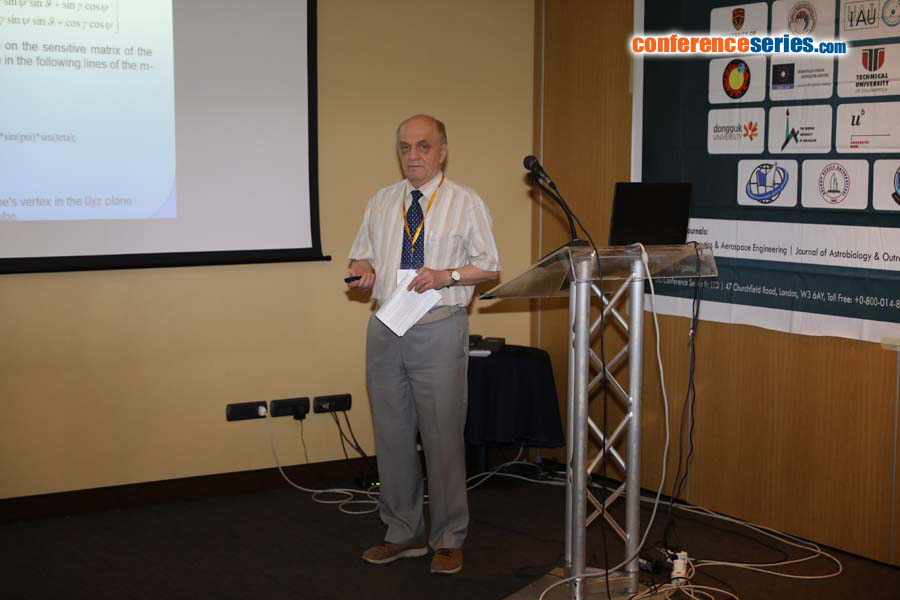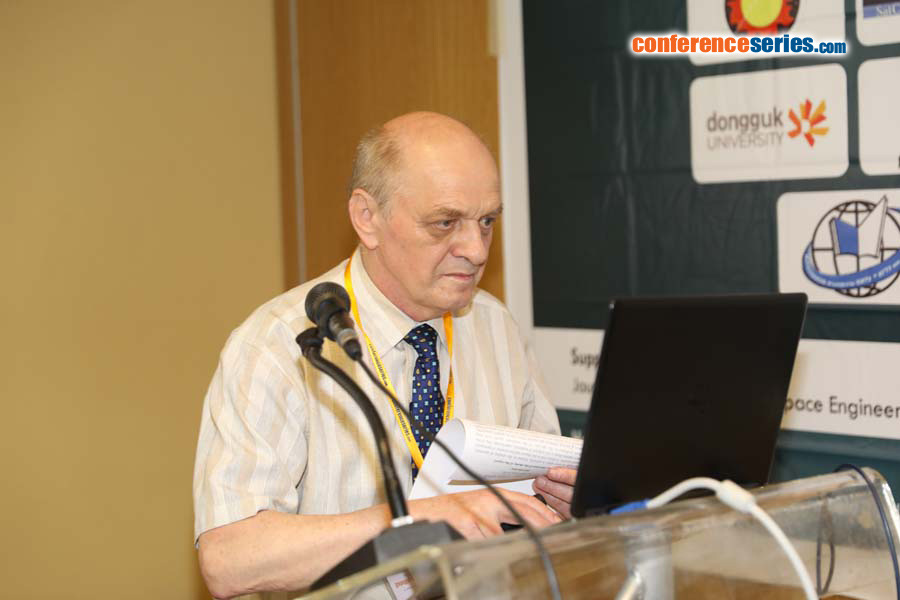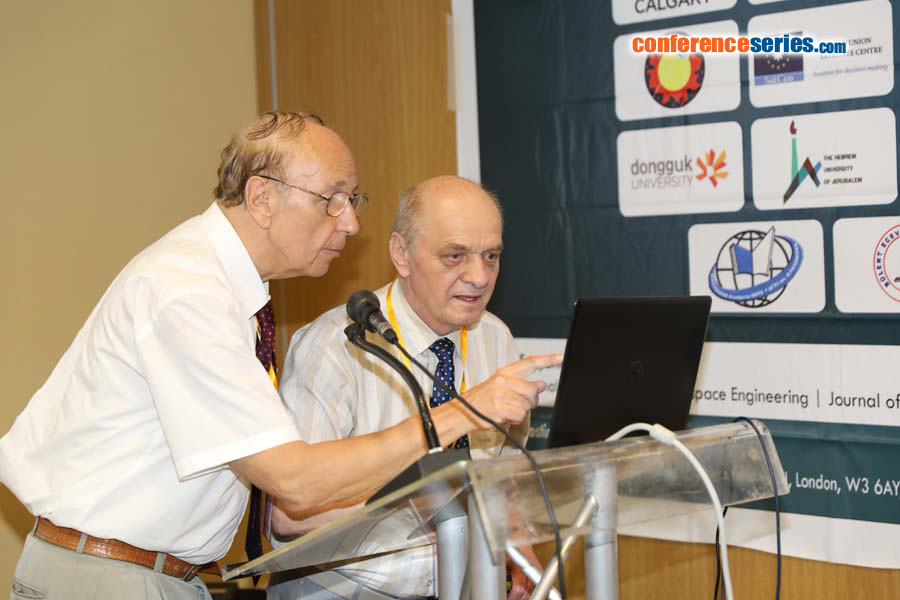
Alexander I Panferovq
State University of Aerospace Instrumentation, Russia
Title: Control system of orientation for the elastic spacecraft
Biography
Biography: Alexander I Panferovq
Abstract
For transportation of large loads in interplanetary space, it is necessary to use sufficiently large space tugs equipped with highly efficient engines and a powerful power unit. Great weight of the power plant and the cargo compartment, connected by a light rod of variable cross-section, determines its considerable elasticity. After parking of the spacecraft into orbit around the earth, it is necessary to change its orientation and to stabilize the longitudinal axis at a tangent to the orbit. After achieving the second space velocity of the spacecraft, it is necessary to rotate again at large angles in all three axes. All maneuvers must be performed while saving fuel. In the report, questions of synthesis of laws of attitude control of spacecraft in case of big changes of angular situation in the non-uniform gravitational field of earth are considered. For the decision of tasks of control the maximum principle of Pontryagin is used. Questions of exact stabilizing of spacecraft taking into account elasticity of all elements relative to the three axes are considered. The complexity of controlling such spacecraft is defined by its considerable elasticity and complexity of a spatial configuration. Mathematical models of an elastic spacecraft are derived from multivariate analysis of elasticity and distribution of mass throughout the spacecraft structure. It is believed that in the process of elastic vibrations, each fragment of the structure can perform translational and rotational motion with respect to three axes. To automate the derivation of the mathematical model of an elastic spacecraft in the form of a system of differential equations of bounded dimension, a special program has been developed. For the damping of elastic vibrations, an original adaptive algorithm is proposed. Its efficiency is demonstrated. The results of the simulation are presented.





